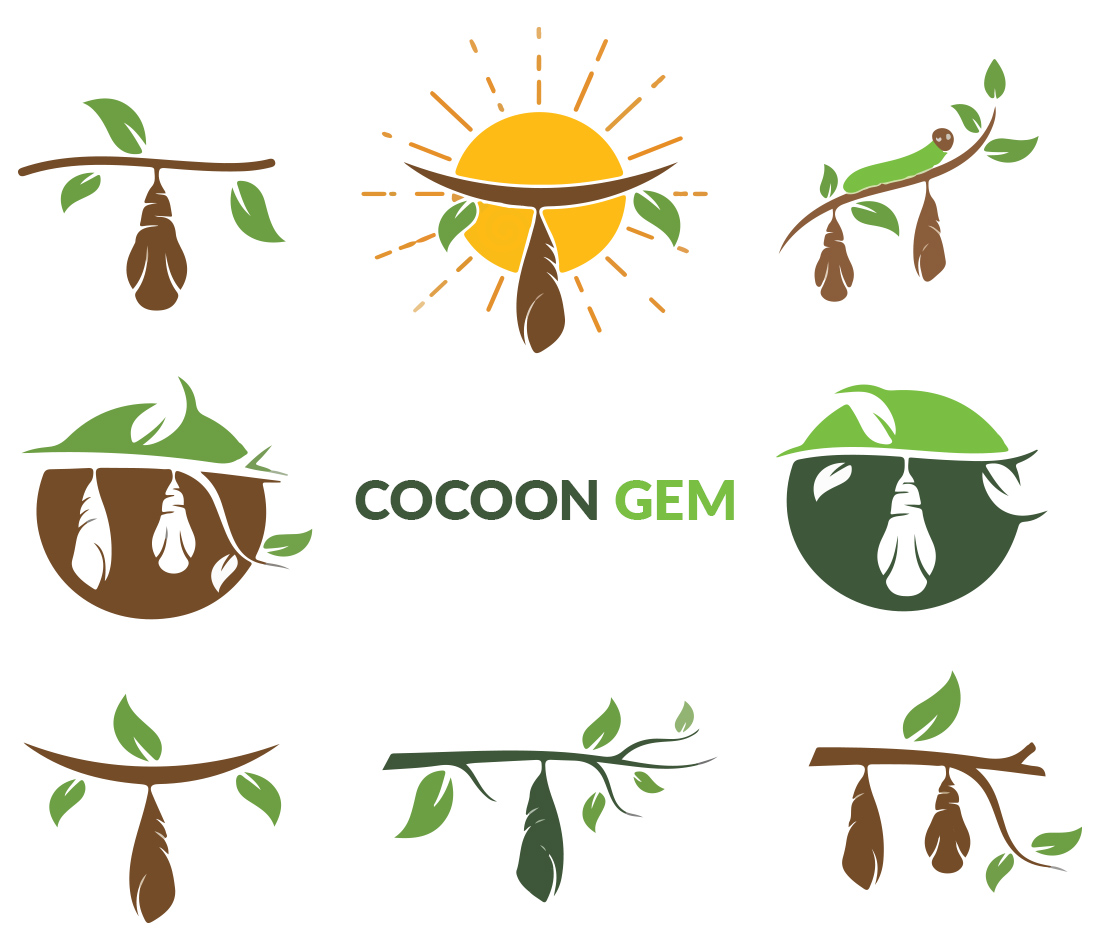Cocoon Gem Example: How to Implement Cocoon Gem in Rails 6?
Last Updated on November 13, 2024
Quick Summary:
There are innumerable gems available for the ROR framework. Cocoon is one of those gems. If you haven’t explored much about the Cocoon Gem, then don’t worry! In this step-by-step guide, we will implement Cocoon gem example and learn more about it. So, get ready to code and integrate cocoon gem!
In this tutorial, we learn how to create complex and dynamic rails form using the cocoon gem in Ruby on Rails.
Suppose you want to create a form in which you want your users to enter their friends’ names. You do not know in advance how many friends your user will have, so how to add a specific number of fields in the layout?
Rails do not have any built-in support to answer this question. Thus, to resolve this issue, we can use cocoon gem. Cocoon powers nested forms with JavaScript, allowing fields to be added or removed dynamically.
In this cocoon gem example, we will see how to use cocoon gem to add or remove nested fields asynchronously without generating a new request. We will develop a demo where users can add n number of friends. So, the friend’s name will be a nested attribute of the user’s name.

Before starting with our Cocoon gem example, let’s see the video of the nested form which we will implement.
Let’s understand how to use cocoon gem in Rails 6 step by step guide to implement Cocoon Gem in your Ruby on Rails project.
Update the config/webpack/environment.js file with the following code

const { environment } = require('@rails/webpacker')
const webpack = require('webpack')
environment.plugins.prepend('Provide',
new webpack.ProvidePlugin({
$: 'jquery/src/jquery',
jQuery: 'jquery/src/jquery'
})
)
module.exports = environment
Adding and installing the cocoon gem using the bundle will not completely install the cocoon gem for the app. For that, we also need to add the companion package for cocoon using yarn.
Add the following two lines in the app/javascript/packs/application.js file.
Now, generate a User model
Generate Friend model with the help of the following command:
Now, edit the migration files generated while executing the above two commands. The file name will be like 20210427114709_create_users.rb and 20210427114810_create_friends.rb present inside the db/migrate directory.
db/migrate/20210427114709_create_users.rb

class CreateUsers < ActiveRecord::Migration[6.1]
def change
create_table :users do |t|
t.string :name, null: false
t.timestamps
end
end
end
db/migrate/20210427114810_create_friends.rb

class CreateFriends < ActiveRecord::Migration[6.1]
def change
create_table :friends do |t|
t.references :user, null: false, foreign_key: true
t.string :friend_name, null: false
t.timestamps
end
end
end
Now, save the above file after making changes; it’s time to migrate to reflect the above changes in the application’s schema.
Now, update the model file of User, i.e., app/models/user.rb

class User < ApplicationRecord has_many :friends, dependent: :destroy accepts_nested_attributes_for :friends end
Open app/controllers/users_controller.rb and write the below-mentioned code. Here, as you can see, we have added the _destroy virtual attribute inside the permitted parameters for the user. The reason is to destroy the nested fields (with the delete button).

class UsersController < ApplicationController
def new
@user = User.new
@friends = @user.friends.build
end
def create
@user = User.new(user_params)
if @user.save
redirect_to user_path(@user)
else
render action: :new
end
end
def show
@user = User.find(params[:id])
@friends = @user.friends
end
private
def user_params
params.require(:user).permit(:name, friends_attributes: [:id, :friend_name, :_destroy])
end
end
Moving towards the UI part now. Create a new file – new.html.erb inside app/views/users directory and add the following code. We have used a helper function link_to_add_association provided by the cocoon gem. This function will add a link so that we can use it to add a new field dynamically.

<%= form_for(@user) do |f| %> <br> <br> <div> <div> <%= f.label :name %> <%= f.text_field :name %> </div> <div> <%= f.fields_for :friends do |t| %> <%= render "friend_fields", :f => t %> <% end %> <div> <br> <%= link_to_add_association "Add Friend", f, :friends %> <!-- (*) --> </div> </div> <div> <br> <%= f.submit %> </div> </div> <% end %>
Similarly, create another file in the same directory as of new.html.erb with the name _friend_fields.html.erb and add the following code. We have implemented another helper function link_to_remove_association provided by the cocoon gem to delete a field dynamically from the layout.

<div class="nested-fields"> <%= f.label "Friend's name" %> <%= f.text_field :friend_name %> <%= link_to_remove_association "Delete", f %> </div>
Now, it’s time to update the config/routes.rb file with the following code

Rails.application.routes.draw do root 'users#new' resources :users # For details on the DSL available within this file, see https://guides.rubyonrails.org/routing.html end
Create a show.html.erb file in the app/views/users directory and update it with the below-mentioned code

<h4><%= @user.name %>'s Friends</h4> <% @friends.each do |friend| %> <li><%= friend.friend_name %></li> <% end %>
Here’s the entire source code for the cocoon gem example – Github Repository
You May Also Like to Read: How to Download and Install Ruby Gems into Gemfile
So, this was about how to implement cocoon gem example. I hope the tutorial has helped you the way you wanted. If you’re a ROR enthusiast and want to learn more about Ruby on Rails then visit ROR tutorials and start exploring!
Bacancy Technology has dedicated, experienced, and industry’s best ROR developers who have mastered Rails’ basic and advanced concepts. Are you looking for assistance to help you with your Ruby on Rails project requirements? Then without any further delay, contact Bacancy Technology and hire ruby on rails developer from us. You’ll never regret your decision to work with Bacancy.
Your Success Is Guaranteed !
We accelerate the release of digital product and guaranteed their success
We Use Slack, Jira & GitHub for Accurate Deployment and Effective Communication.